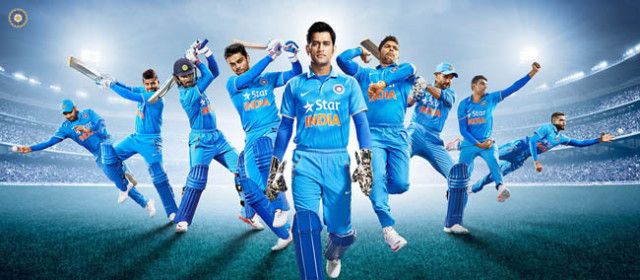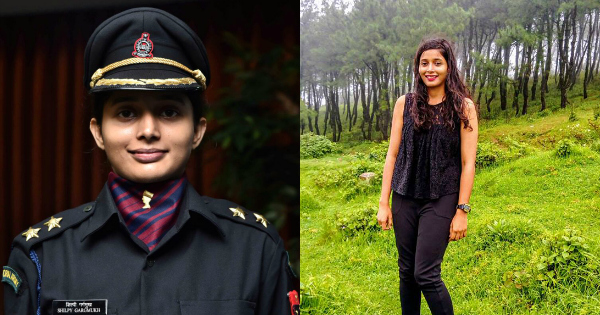For a country where cricket is a religion, Twenty20 cricket is like the newest, shiniest God, a modern Baal before whom we lay our attention span and money. India’s love affair with the shortest form of the sport began in right earnest when India won the 2007 T20 world cup in South Africa. An untested, unheralded team led by an MS Dhoni who was just as much an unknown quantity at the time went with no expectations and yet won the final in a thrilling last-ball finish.
From then to 2016 it seems as though the world has come full circle. The Indian team, then not even considered a serious contender, may be starting as favourites this year, as Brian Lara said in a recent interview. MS Dhoni’s career too is nearing its end and the long-maned icon of Indian cricket might well announce his retirement after the tournament.
The reality check for Indian fans, however, remains in the fact that India’s performances in the T20 World Cup have failed to match the glories of 2007.
In 2009 in England, India was eliminated at the Super 8’s stage, losing all its matches.
In 2010 in West Indies, the story was repeated, with India winning its group stage, but losing all it’s matches in the Super 8’s again.
In 2012, India made it to the Super 8’s again but this time was eliminated on the basis of a lower Net Run Rate during the tournament in Sri Lanka.
In 2014 India came the closest it had in years to winning the tournament, but in the end lost to Sri Lanka in a closely-contested final in Dhaka.
So how does the team shape up for the 2016 edition, to be played in India starting from March upto a final on April 3 at the Eden Gardens in Kolkata?
As far as build-up goes, India is looking in good shape. The format of the T20 game favours India’s current line-up, which is strong on power-hitters and fielding, but less so on the bowling front.
As the recent 3-match series against Australia showed, India’s best players are coming into form at the right time. Rohit Sharma and Virat Kohli both played quite brilliantly. Shikhar Dhawan and Suresh Raina too proved that they are in good form. The latter especially is so critical to Indian prospects while playing at home that it might be said if he plays at his best, India is almost sure to win.
India’s bowling remains a worry. Though new talents like Bumrah have proven useful, on the flat pitches in India, it is doubtful they will be very effective. Rather, India’s hope would lie in the skills of R Ashwin and Ravinder Jadeja, who are both very effective on helpful tracks.
Looking at the competition, Australia, despite their recent loss to India, remain the toughest team to beat. A well-balanced side with players of the calibre of David Warner and Steve Smith assisted by T20 specialists like Finch and Maxwell will always be a handful no matter what the conditions.
Pakistan is another team that is always dangerous. The conditions in India are familiar to them, and they always have a set of high-quality bowlers who can change the fortunes of a match in quick time. If the famously fractious team manages to come together for the three weeks of the tournament, they could repeat their success of 2009.
Another perennial contender is Sri Lanka, who have made the final three times, winning once. But the Lankans have been hit hard by the recent retirement of Mahela Jayawardane and Kumar Sangakarra, two of the best players of their time, and it remains to be seen how well the younger lot will handle the pressures of a big tournament.
West Indies could well be the surprise package of the tournament. A team that is downright miserable at Test level, and barely able to hold its own in ODI’s, somehow manages to punch above their weight in T20’s. This is due to their vast experience in playing domestic T20 leagues all around the world. Though it remains a perpetual mystery whether their best players will be available given the contract disputes that always plague this otherwise talented team.
New Zealand, South Africa and England are teams that are strong on paper, but have been known to suffer in sub-continental conditions. Given their historical weakness against spin, it may not be very easy for them to perform to potential over the length of a tournament.
The remaining teams will include Bangladesh, Zimbabwe and qualifiers from Oman, Scotland, Ireland and the likes. Barring Bangladesh, none of these are likely to cause a major upset.
Which brings me to the final, intangible factor here – the crowd.
How will the rabid, screaming, demanding crowds in India impact the players? In 2011 the pressure seemed to spur the team to greater heights, as it won match after match to take the trophy at Mumbai. The levels of support and expectation have only heightened since, and a good showing in the upcoming series against Sri Lanka could serve to heighten that.
But in the end, the crowds, the preparation, the conditions, even the competition will pale in comparison to the most critical factor – what goes on in the players’ heads. It is in the crucible of a World Cup that careers are forged and immortality achieved.
On April 3, if Team India stands triumphant on the pitch at Eden Gardens, they will have proven to the world what they are made of!
Good luck, India!































